Brain-Healthy Penne alla Vodka
Plus, how to shop for, prepare, and enjoy healthy pasta meals
Hello, brain health ambassadors! I really enjoyed hearing about your moms (and grandmothers!) in the last newsletter. Thank you for sharing and also for sending many kind words my way. It was a rare mother’s day for me, being far from home without my family. I celebrated Festa della Mamma by going on a spectacular bike ride along the west coast of Sardinia, followed by a lunch of pasta with almond pesto, fresh tuna, and tomatoes. The best part of my day, however, was having long chats with my boys, Jack and Nick. Being their mom is the most joyful part of my life.
Last week on the brain health retreat in Puglia, pasta was an overriding theme. We definitely ate a lot of pasta, but we also learned how it’s made from the molino (mill) to the table. It was fascinating to learn how many varieties of grains there are and how they differ in protein content.
Pasta is usually thought of as mostly carbohydrates, but here in Italy it is also an important source of protein.
For today’s newsletter, let’s take a look at pasta through the lens of metabolic health. It may surprise you that most pasta lies on the low/medium end of the glycemic spectrum. And did you know that how you cook your pasta impacts the rate at which it elicits a glucose response?
We’ll get into that below, along with some tips on how to enjoy pasta like an Italian, which is to say as part of a metabolically healthy meal. Plus, I’m resharing my recipe for a better-for-you Penne alla Vodka.
For a recap of metabolic health concepts, check out our metabolic health mini-series last year: start here.
If you are new to BHK, welcome! The first post of the month is always free, and paying subscribers can access all the articles and recipes here on the homepage.
Eating pasta like an Italian
A comforting bowl of pasta doesn’t seem like the type of food that will fortify stable blood sugar and foster good brain health. And yet, I am constantly intrigued by how my Italian friends enjoy a pasta course most days. Which is not to say that Italians are impervious to metabolic disturbances like obesity and type 2 diabetes—their rates are going up just like they are in the U.S.
There are distinct differences, however, between how Americans and Italians enjoy their pasta:
1. Quality
There’s still a strong tradition of making pasta by hand, which requires knowledge, effort, and time. Pasta in Italy is not something easily or cheaply made. They are picky about their flour, which you can buy fresh from a local molino. Just in Puglia—the heel of the boot of Italy—there are dozens of mills that still use stone gears to grind grains into flour. This old school grinding method produces flour that retains more of its brain health nutrients (like flavonoids and vitamin E). These flours tend to be higher in fiber, too. And, wheat varieties like durum are naturally high in protein.

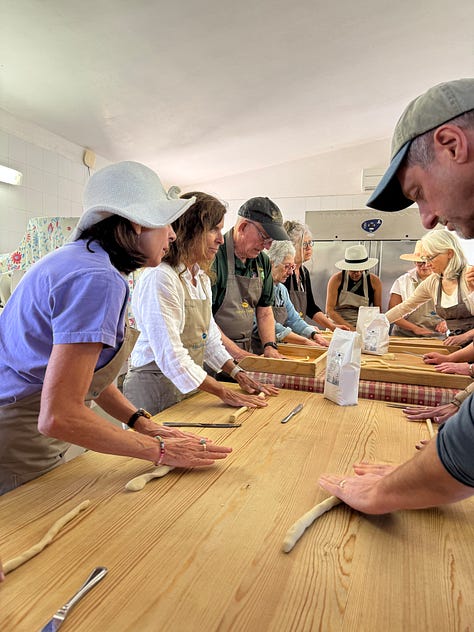

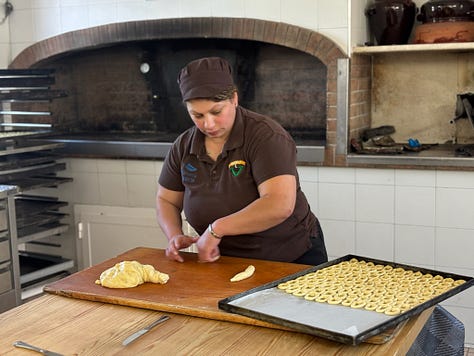
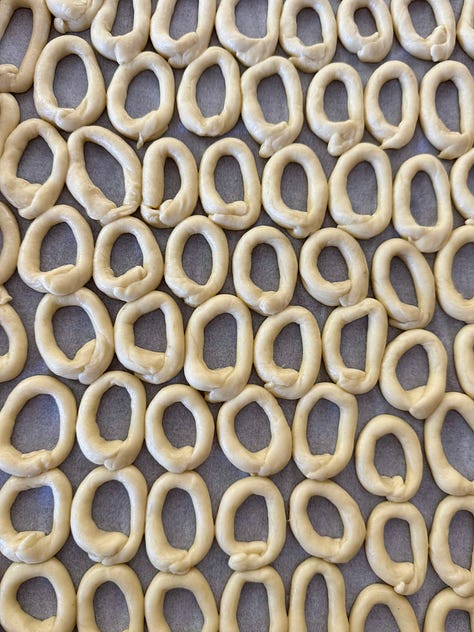
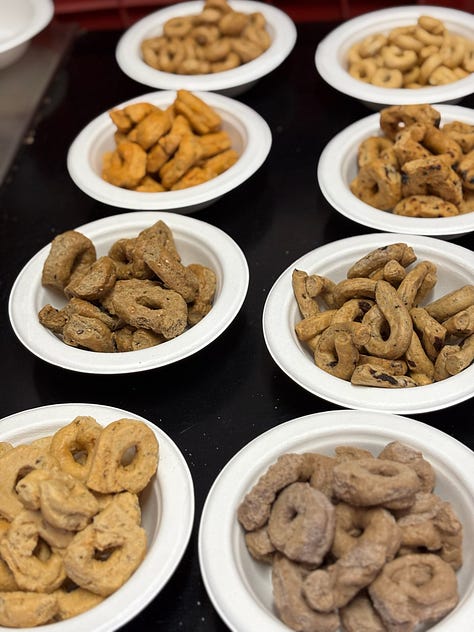
Dried pasta made with bronze die is another indication of high quality. This means which the pasta is extruded through bronze plates (instead of metal ones) into shapes. This gives the surface of the pasta a rough, porous texture that clings to the sauce. With poor quality pasta, the sauce slides right off into a puddle on the plate. When buying pasta, look for “bronze die-cut” on the label.
2. Pasta is a primi course
When you eat at a typical restaurant in Italy, pasta is part of a series of courses rather than a standalone meal. Before the primo, or pasta course, an Italian may eat an entire artichoke, a small bowl of olives, or a plate of vegetables cooked in olive oil. Eating foods that provide protein, fiber, or a little fat tends to reduce the glycemic impact of the carbohydrates in pasta. Plus, eating this way provides much-needed diversity to the diet, as we discussed in this post about gut health disruptors.
3. Portions are not super-sized
The standard Italian portion size is smaller, too. In fact, Italians are very mindful to serve modest portions of pasta. They consciously measure a serving of dried pasta to be around 60 to 100 grams (2 to 4 ounces), or 1 to 2 cups cooked per person. You’ll find larger portion sizes in restaurants, but these are usually meant to feed two to three people, family-style. If you find a restaurant in Italy serving huge portions, they are catering to tourists’ expectations of American-sized pasta.
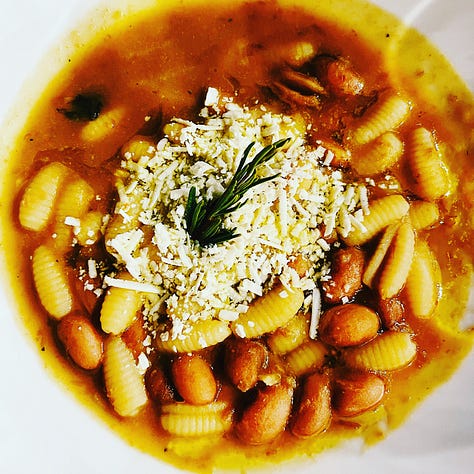
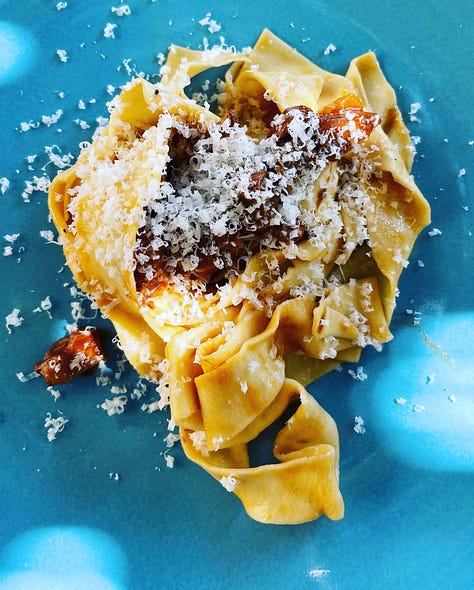
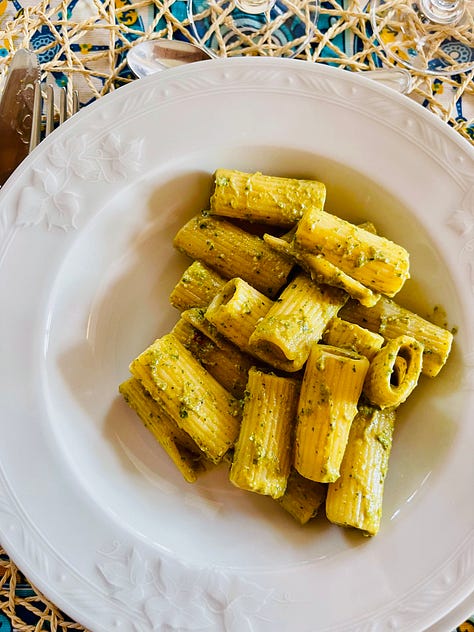
Over on Notes, we are discussing other sneaky ways eating in Italy helps support your metabolic health.
4. Pasta dishes are simple
In the U.S., a simple pasta dish usually means pasta with butter and cheese. In Italy, it is more likely to highlight a seasonal or regional food, such as mushrooms, clams, or a local green. Cheese is added judiciously and sometimes not at all. Plus, keeping it simple really lets the pasta itself shine.
5. Cooking pasta al dente
Italians prefer their pasta firm to the bite (al dente) or even very firm (molto al dente). Cooking pasta this way means you have to chew it more slowly, which helps you feel more satiated at the end of a meal. Al dente pasta also has a lower glycemic index (GI). A food with a lower glycemic index is less likely to elicit elevations in blood sugar after a meal.
Glycemic index reflects the quality of carbohydrate. Glycemic load reflects the quantity of carbohydrate. Choosing foods that are low in both GI and GL is important for keeping blood sugar stable. We covered these concepts in this post, where I shared a handy downloadable list from Harvard of the GI and GL of 100 common foods.
How to choose high quality pasta
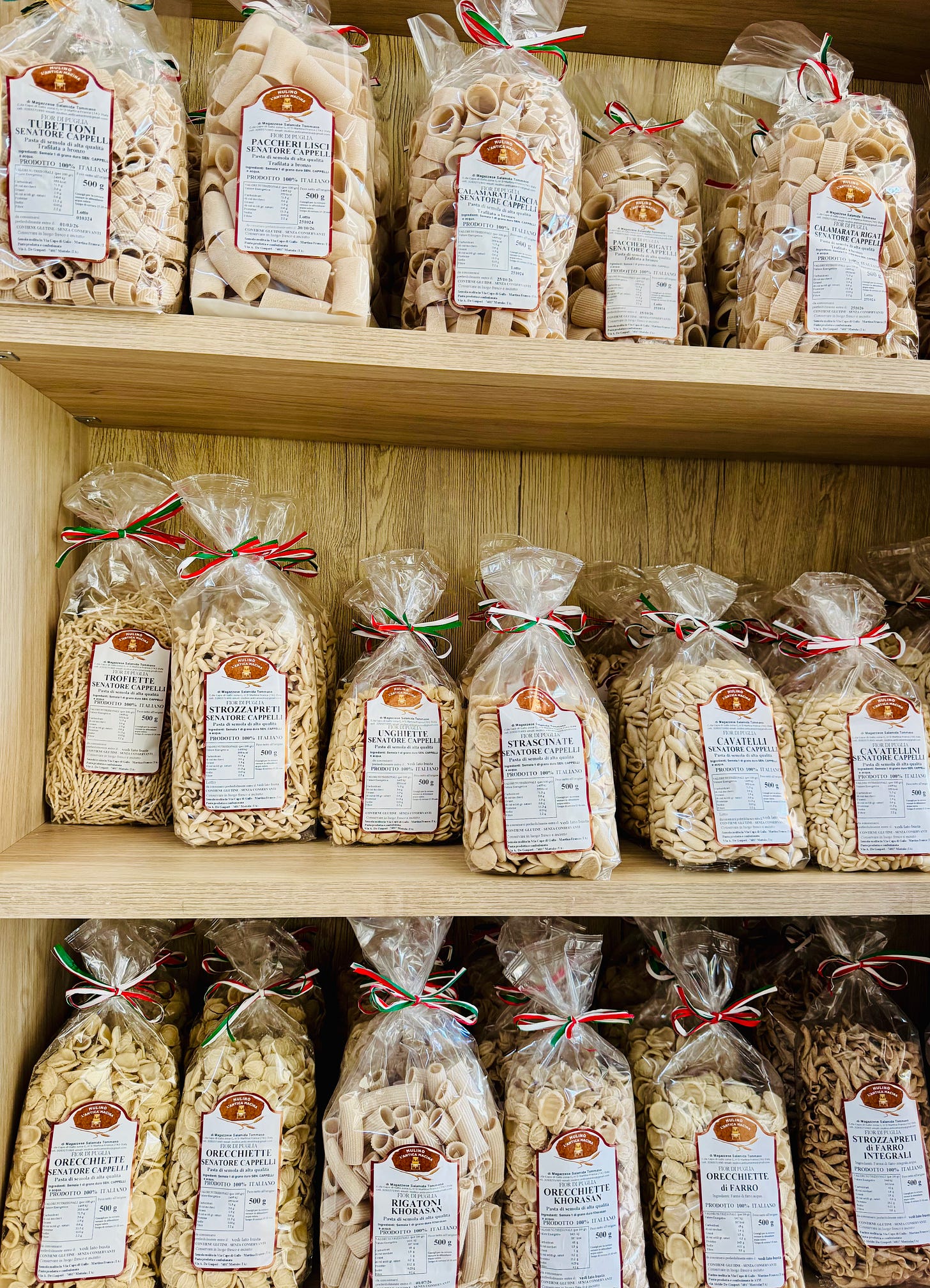
With so many pastas to choose from, how do you know what’s best for your metabolic and brain health? Here, I outline my strategy for reading labels and seeking out high-quality ingredients. And, I’m sharing some of my favorite brands.





